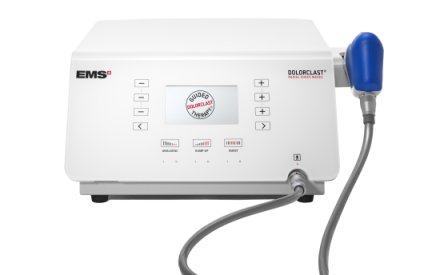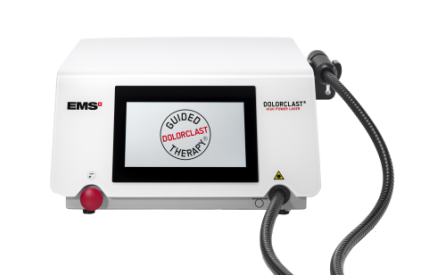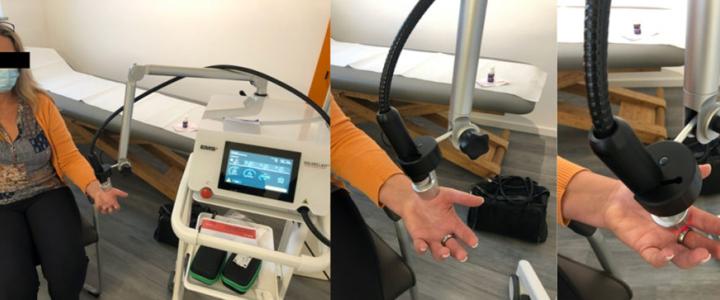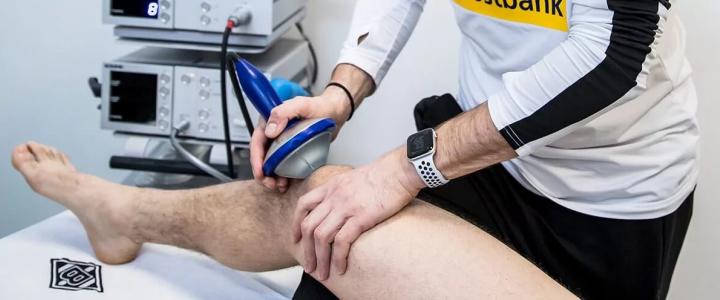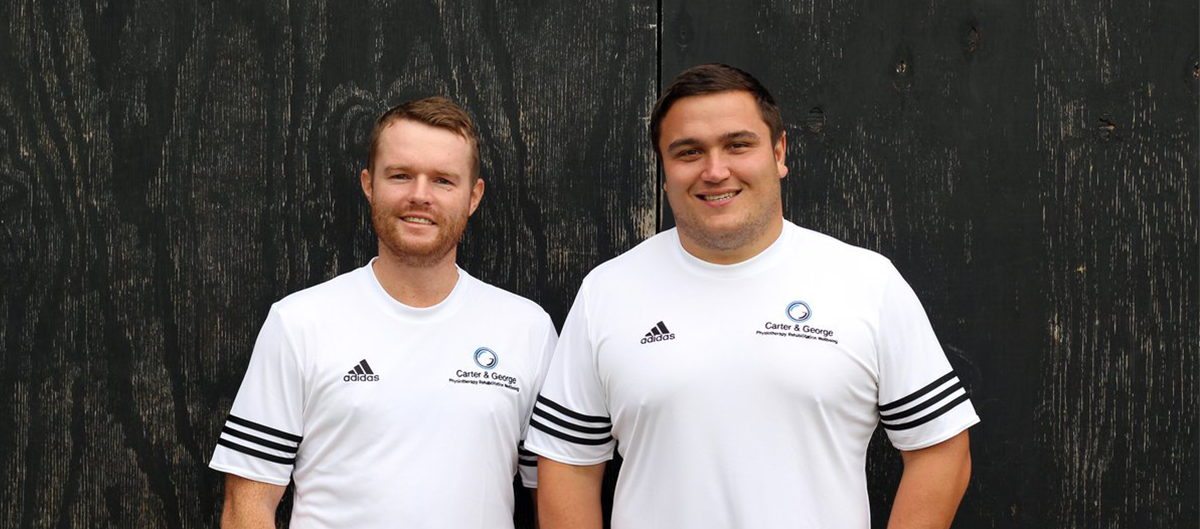
Tratamiento de la fascitis plantar crónica recalcitrante con terapia combinada
Las tendinopatías son un tema importante en la práctica de los deportes profesionales. Este tipo de patología debe ser tratada rápidamente para no comprometer el rendimiento físico de los atletas. A veces estas tendinopatías persisten a lo largo del tiempo a pesar de los esfuerzos de tratamiento realizados por los equipos de atención. Luego se vuelven crónicas y pueden poner en peligro la carrera del deportista que no tiene más remedio que vivir con la patología y luego, eventualmente, causar otros problemas funcionales.
Descubra nuestros productos
DolorClast® Radial Shock Waves
Para tratar patologías musculoesqueléticas superficiales subagudas o crónicas
DolorClast® High Power Laser
Para tratar las indicaciones superficiales o profundas, el dolor agudo y reducir la inflamación

